How to use a camping stove: safety tips for cooking at camp
Knowing how to use a camping stove also involves vital safety, set up and storage practices that will protect you and your gear from any harm
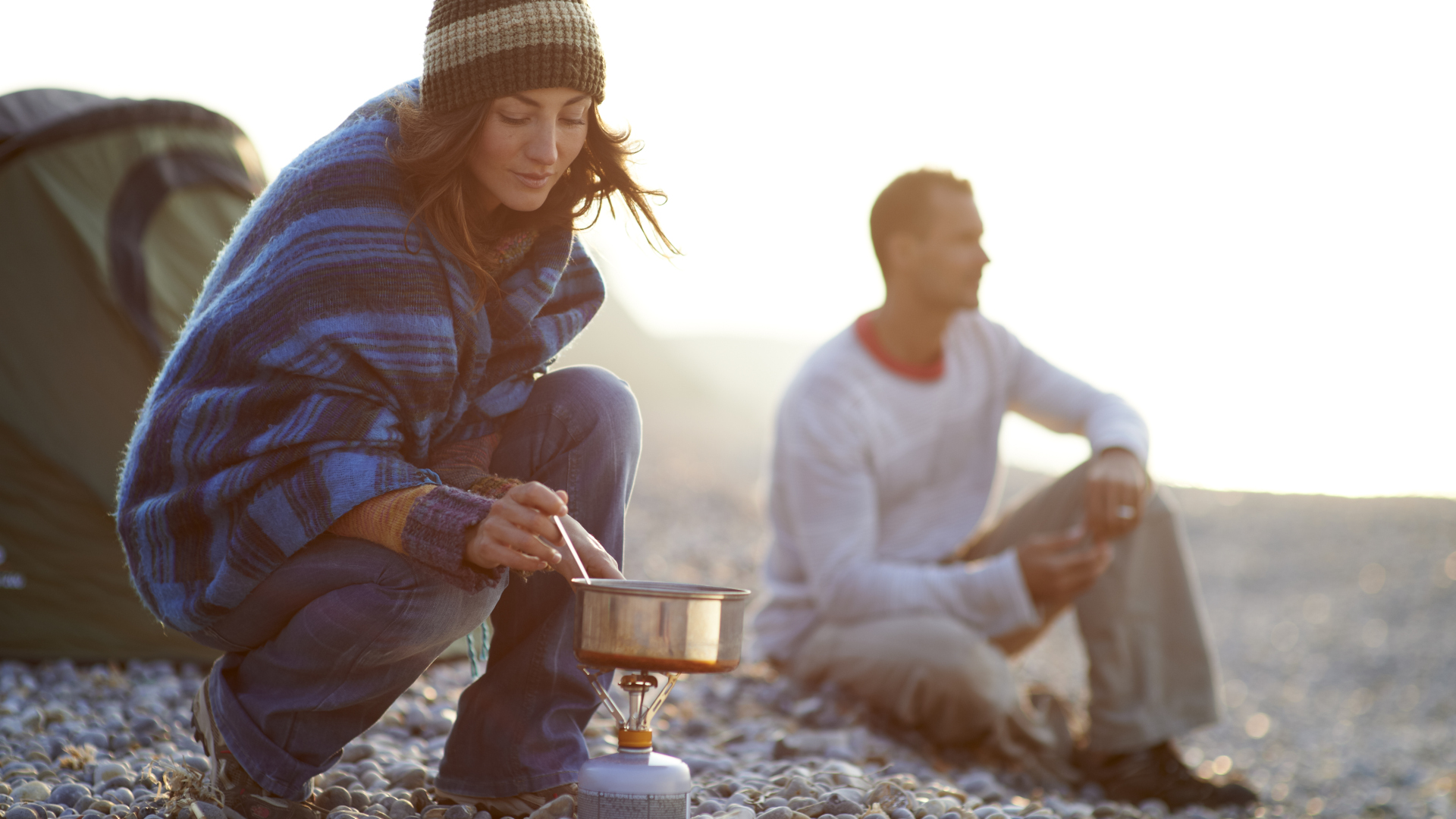
Knowing how to use a camping stove is a very useful skill. Whether you’re backpacking solo through the wilderness or car camping at the beach with your family, a hot hearty meal under the darkening sky is the perfect end to a day of exploring.
Camping stoves come in many different styles and sizes, from lightweight quick boils to deluxe double burners and the specific instructions will vary depending on what you buy. However, knowing how to use a camping stove also involves vital safety, set up and storage practices that will protect you and your gear from any harm.
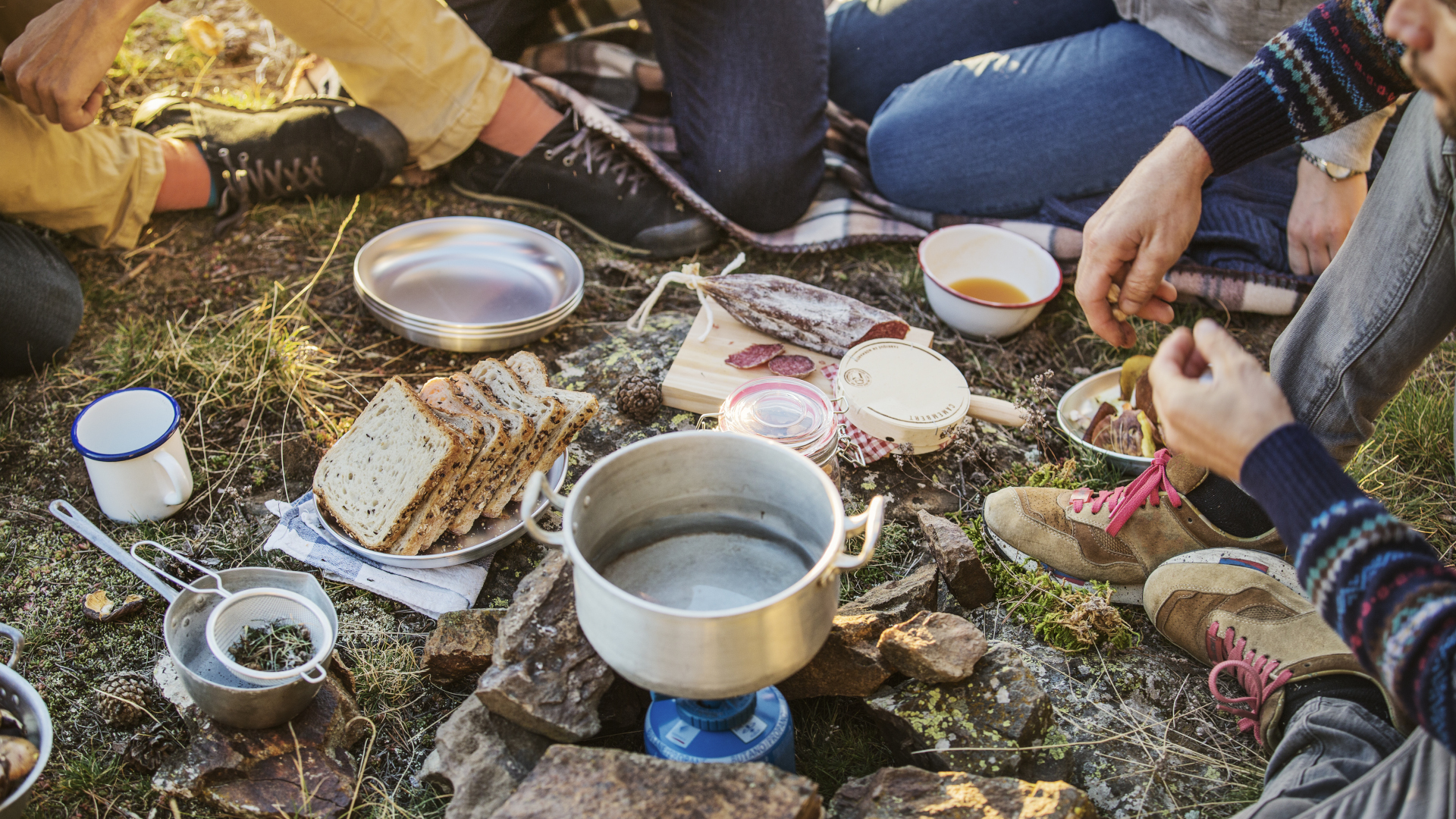
The best camping stoves are usually pretty straightforward to use, with user-friendly features. However, we have plenty of great tips to get the most from your stove, whether it's a featherlight backpacking model or a bigger campsite cooker.
Most of these tips apply to gas camping stoves, however you be interested in a more rustic experience with a wood burning stove instead.
How to use a camping stove
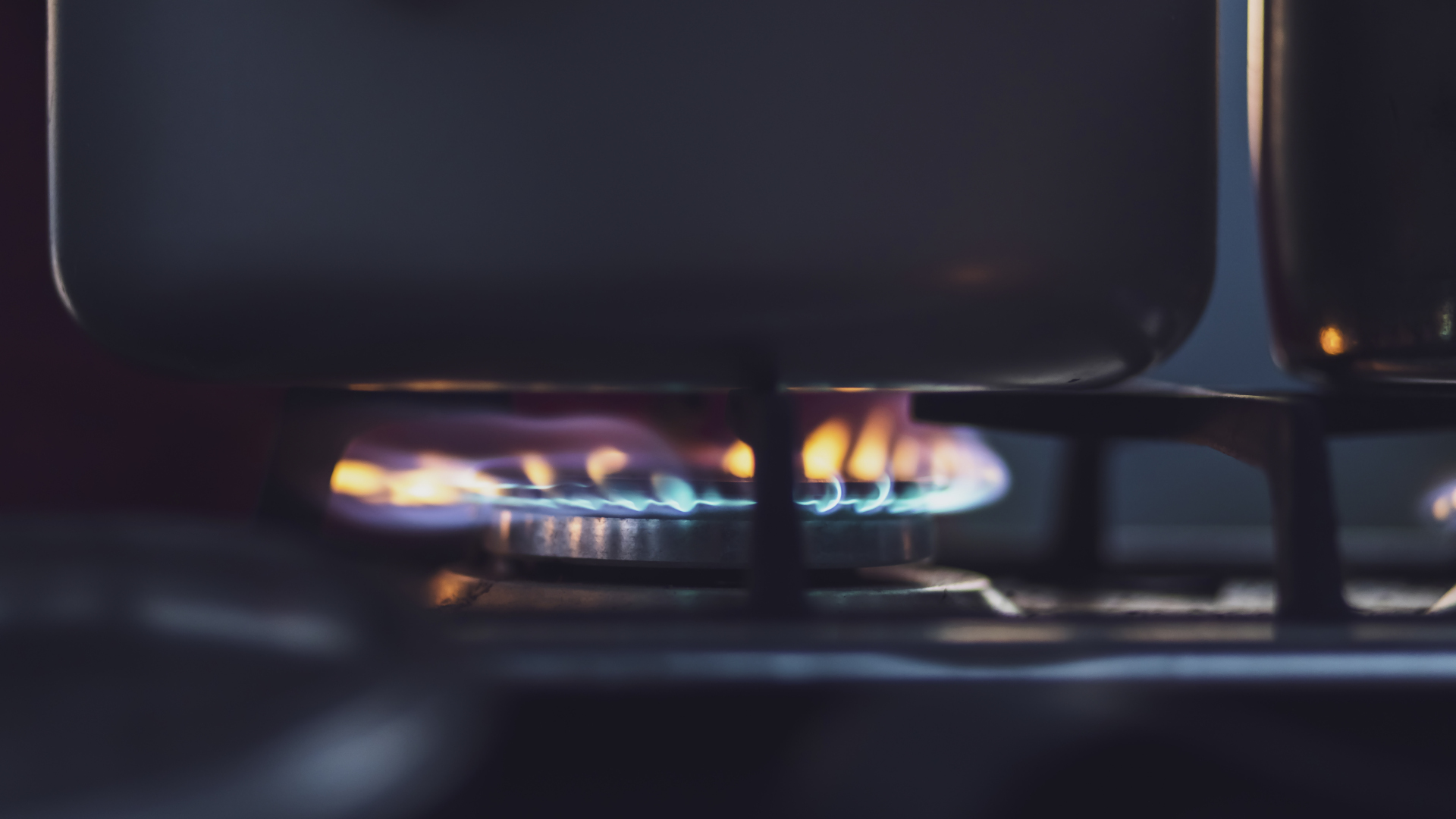
1: Check your gas stove for leaks
It’s important to check your camping stove and your gas canister for leaks before you set off on your adventure. The easiest way to do this is to mix a good squirt of washing up liquid with water in a spray bottle and spray it on the connection points of your stove and gas canister. If there are any leaks, bubbles will start to appear in the areas where the gas is leaking out and you should not, under any circumstances, use the equipment. Find out if your gear is still under warranty before making a new purchase.
If there are no bubbles, you can wipe the stove and canister down with a paper towel and pack them for your trip.
2. Never cook in your tent
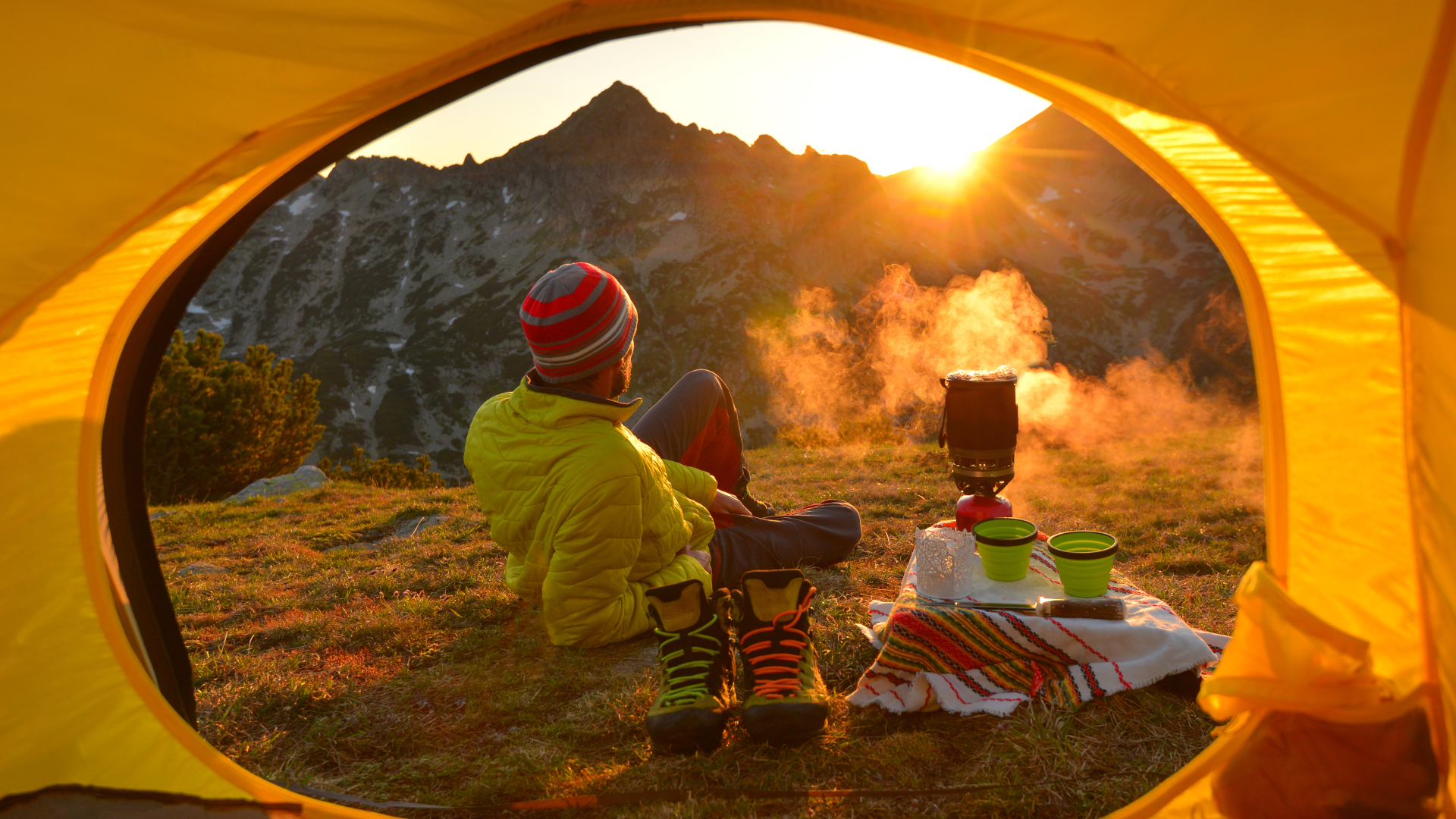
When you arrive at camp, if the weather is particularly nasty, it could be tempting to want to cook inside your tent, away from the wind and rain, but this is one thing you should never do. Though the best tents and best sleeping bags are often treated with fire retardants, the material they are made from is intrinsically flammable and one wrong move could send things up in smoke. In fact, according to official advice from the UK Government, a tent can be destroyed by fire in under a minute.
All the latest inspiration, tips and guides to help you plan your next Advnture!
Furthermore, tents are not particularly breathable structures – which is why condensation builds up on the inside walls while you sleep – so carbon monoxide poisoning is a further risk involved with gas stoves.
Set up your stove at least several feet away from your tent to be safe, and if the weather looks grim, set up under a tarp for some protection.
3. Set up on a flat, clear surface
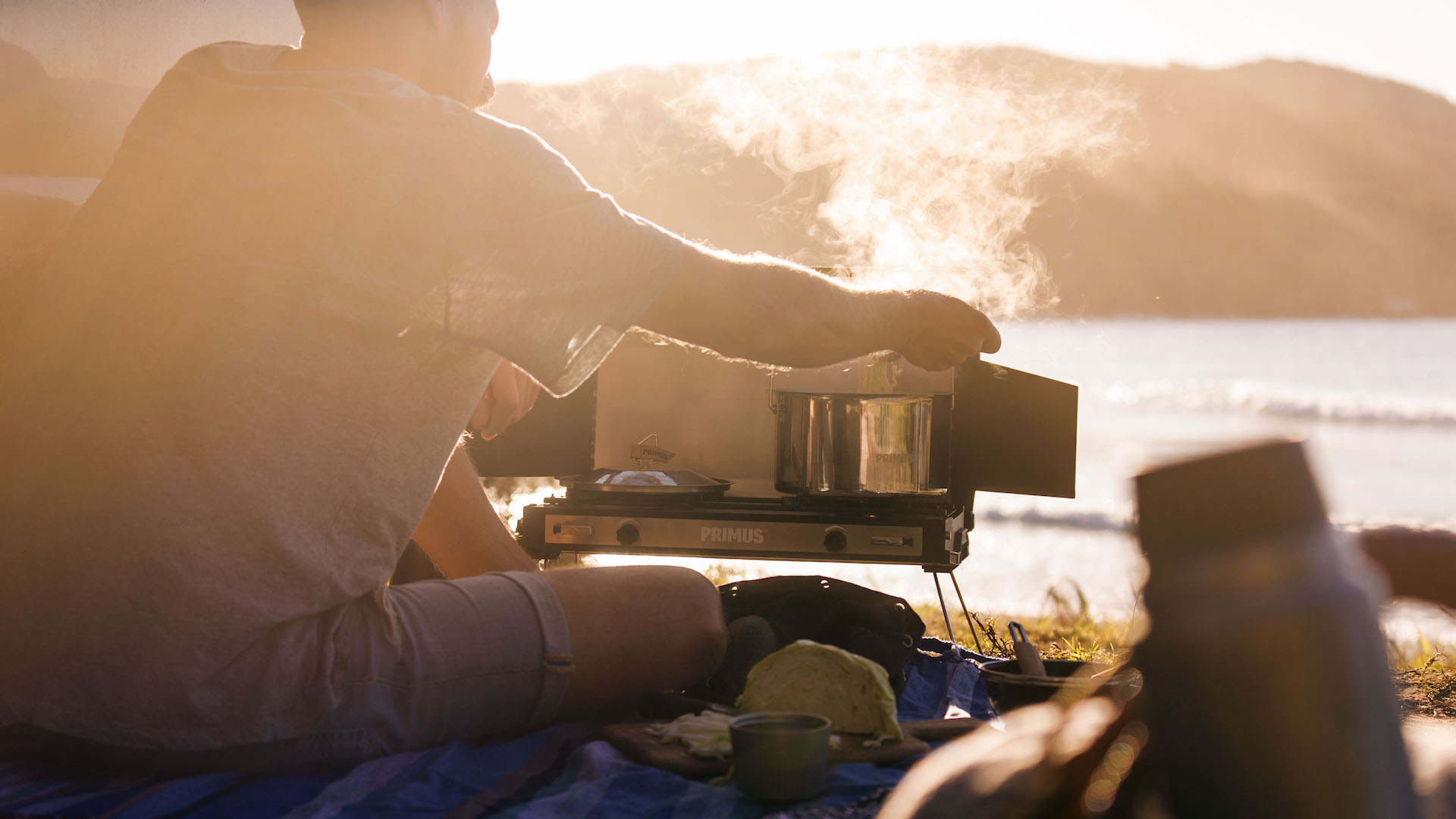
When it’s time for dinner, find a flat, uncluttered area to set up your camping stove on. Though some stoves are more precarious than others, the last thing you want is the stove toppling over when a gust of wind comes.
Even if your stove is quite wide and flat, you also don’t want to be in any danger of tripping over an errant rock or tent pole and falling onto it. Make sure the area is free of bushes, long grass or any other vegetation that could catch fire and spread if things do go awry (read more in our wildfire safety article).
Finally, once the stove is going, never leave it unattended where it could be knocked over by kids, the wind or wildlife.
4. Disconnect the gas after use

After you’ve finished cooking your meal, in addition to turning the stove off, make sure you disconnect the gas canister from the stove too. Keeping the canister attached to the stove opens up the possibility of gas leaks, which of course can be dangerous, or just mean you run out of fuel before the end of your trip.
Make sure to also check out our guide to how much fuel to bring for a backpacking trip.
5. Store your camping stove safely
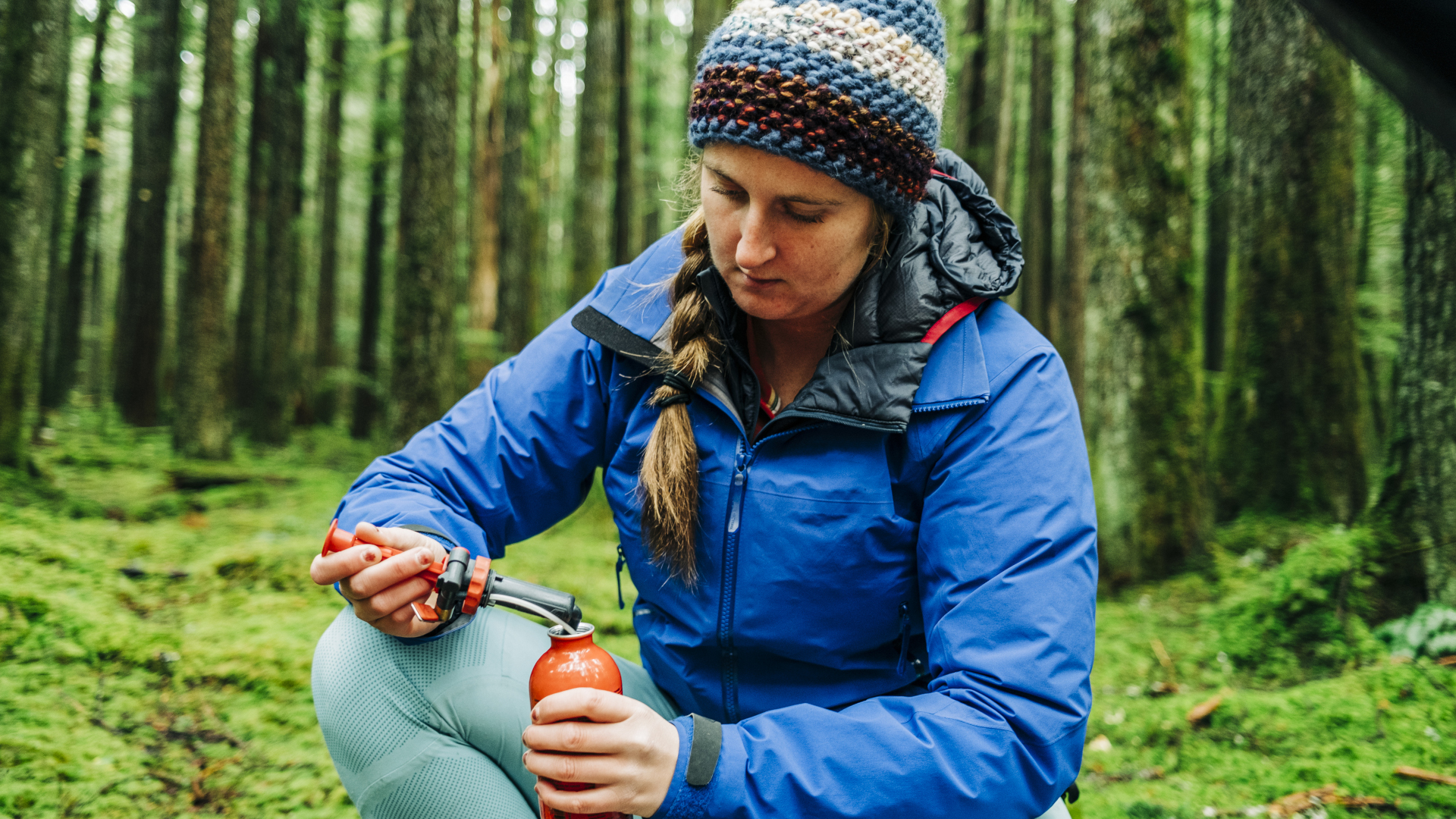
If you’re heading out on a hike or trail run and leaving your camp set up, make sure that your camping stove and gas canister are stored away from direct sunlight and extreme heat. Pick a shaded spot such as under a tree or picnic table. If you’re desert camping or it’s going to be a hot day, don’t leave the gear in your tent, which will trap heat and could cause the canister to combust.
6. Clean your camping stove

The best way to keep your camping stove functioning well is to keep it clean. Oil and grease from your camping meals can clog up the burner and leftover pieces of food can cause a fire hazard next time you use it. For a longer camping trip, bring a little washing up liquid and wash up your stove and pan after each use – just be sure to allow it all to cool first. For a quick overnight trip, you can clean up when you get home. Keeping your camping stove clean can help it last for years or even decades.
Julia Clarke is a staff writer for Advnture.com and the author of the book Restorative Yoga for Beginners. She loves to explore mountains on foot, bike, skis and belay and then recover on the the yoga mat. Julia graduated with a degree in journalism in 2004 and spent eight years working as a radio presenter in Kansas City, Vermont, Boston and New York City before discovering the joys of the Rocky Mountains. She then detoured west to Colorado and enjoyed 11 years teaching yoga in Vail before returning to her hometown of Glasgow, Scotland in 2020 to focus on family and writing.

